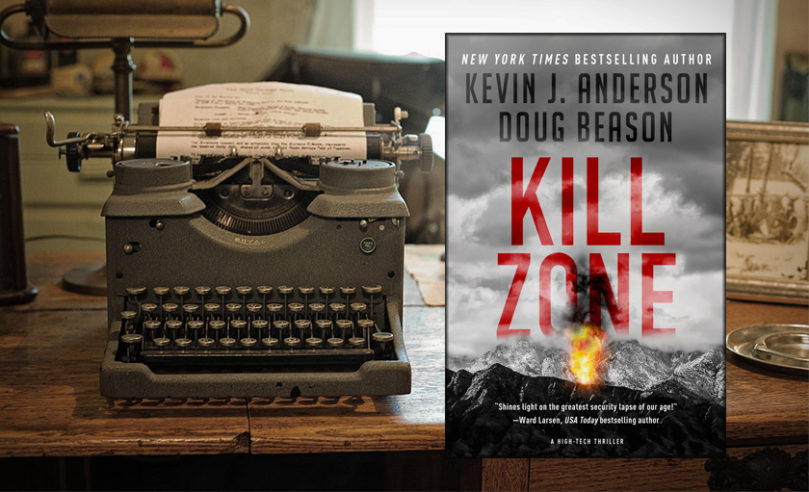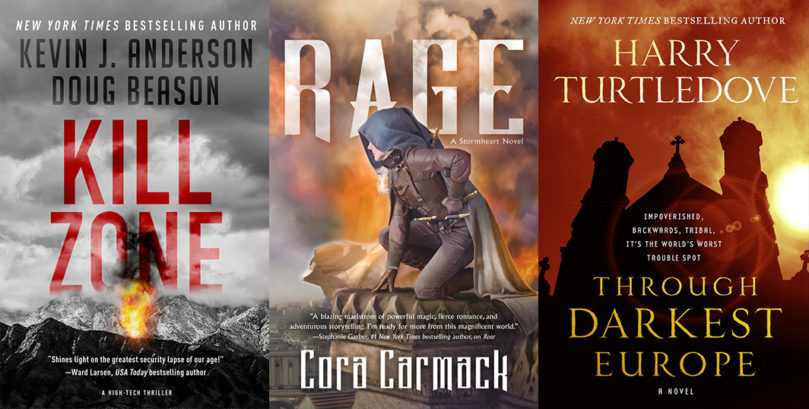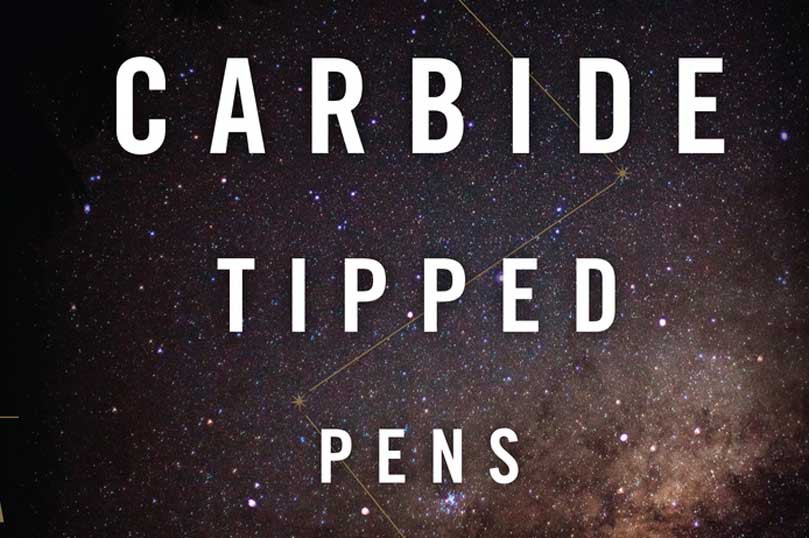
From Non-Fiction to Fiction: Advice from Kill Zone author Doug Beason
Kill Zone co-author Doug Beason chatted with us about moving from non-fiction writing to fiction writing!

Kill Zone co-author Doug Beason chatted with us about moving from non-fiction writing to fiction writing!

New books from Kevin J. Anderson, Cora Carmack, and more are on sale today!

By Kevin J. Anderson When you get right down to it, every story is a thriller—otherwise who would want to read it? Yes, genre labels and expectations are different. Readers who pick up a fantasy novel don’t want the same thing as readers of mysteries or westerns, but if there’s nothing exciting, or at least…

Carbide Tipped Pens edited by Ben Bova and Eric Choi Seventeen hard science fiction tales by today’s top authors Hard science fiction is the literature of change, rigorously examining the impact—both beneficial and dangerous—of science and technology on humanity, the future, and the cosmos. As science advances, expanding our knowledge of the universe, astounding new…